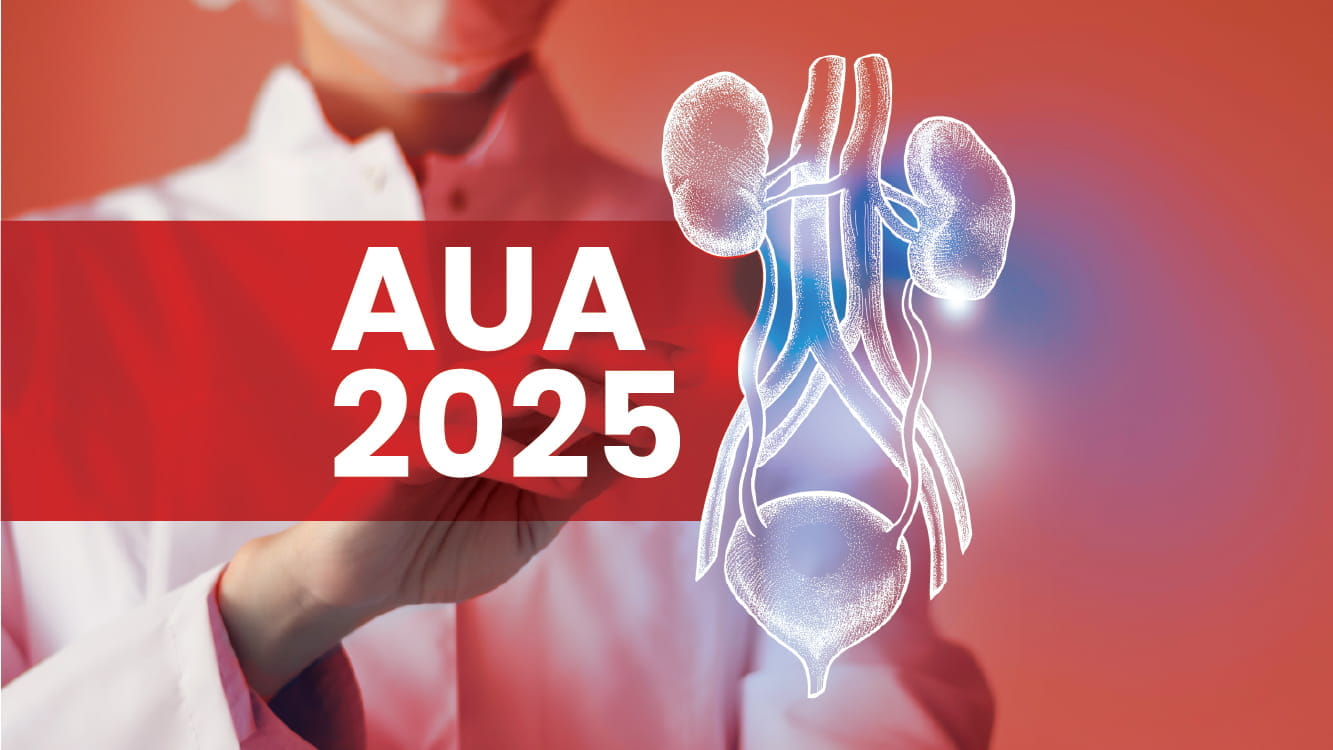SIU 2024: (IS-01) Pathophsiology of OAB and BPH
Speaker: Dr. Mahesh Adhikari, Nepal
Important Takeaways
1. Complexity and Multifactorial Nature of OAB and BPH: Both conditions are driven by a convergence of myogenic, neurogenic, and biochemical factors, with OAB often associated with detrusor overactivity and BPH with mechanical obstruction and bladder changes.
2. OAB Mechanisms and Subtypes: Different theories explain OAB, including detrusor muscle sensitivity and spontaneous urothelial contractions. Effective management hinges on identifying the subtype and tailoring treatments accordingly.
3. BPH Pathogenesis Linked to Androgens and Inflammation: BPH development involves androgen-driven cellular changes, chronic inflammation, and tissue hypoxia, which promote prostatic growth and lower urinary tract symptoms (LUTS).
4. Progressive Changes in Bladder Dynamics with BPH: Increased urethral resistance from BPH leads to bladder wall hypertrophy and overactivity, followed by compensatory decompensation over time, contributing to both storage and voiding symptoms.
5. Personalised Management Approaches: Accurate subtype classification based on pathophysiology allows for targeted therapies addressing specific functional disturbances.
Key Highlights
Multifactorial Nature of OAB:
OAB results from complex interactions between neuromuscular, psychological, and urothelial mechanisms. It negatively affects quality of life, causing physical discomfort and financial burden due to lost work productivity.
Myogenic and Urothelial Contributions to OAB:
-
Myogenic dysfunction begins in the detrusor muscle, leading to overactivity and urgency due to muscle denervation and spontaneous contractions.
-
The urothelium acts as a sensory organ, transmitting impulses that contribute to overactivity and abnormal bladder contractions.
-
Supraspinal factors and bladder underactivity can also result in OAB symptoms such as urine retention and urgency.
Phenotypes and Causes of Refractory OAB:
Refractory OAB can arise from metabolic syndrome, obesity, hormonal deficiencies, and autonomic nervous dysfunction. Identifying OAB subtypes through history, examination, and investigation helps tailor individualised management strategies.
Pathophysiology of BPH and Androgen Influence:
BPH primarily develops from selective growth in the transitional zone of the prostate. While androgens are involved in prostate maintenance and differentiation, they are not directly responsible for BPH development. Despite declining testosterone levels with age, BPH can still progress, indicating that other factors are involved.
Role of Inflammation, Hypoxia, and Growth Factors in BPH:
Chronic inflammation, hypoxia, and growth factors such as TGF-β contribute to prostate enlargement and obstruction. Animal models show promising insights, but human studies on inflammation's role in BPH are inconclusive.
Bladder Outlet Obstruction and Symptom Management:
BPH-related obstruction causes detrusor instability, resulting in storage symptoms like urgency. As the condition progresses, decreased muscle contractility leads to voiding symptoms, requiring careful management. Understanding bladder compensation and decompensation phases helps optimise treatment strategies.
Société Internationale d'Urologie Congress, 23-26 October 2024, New Delhi, India.



